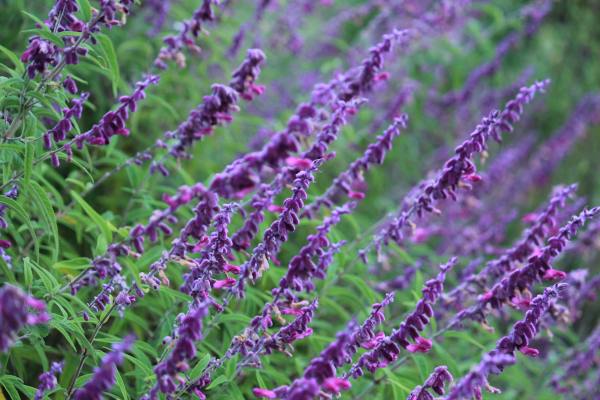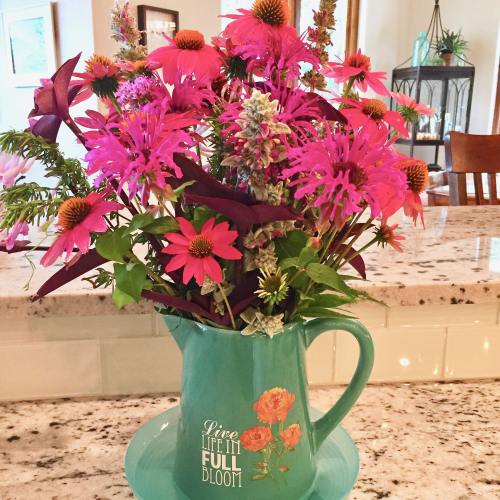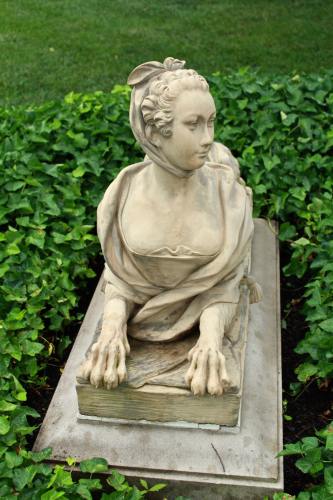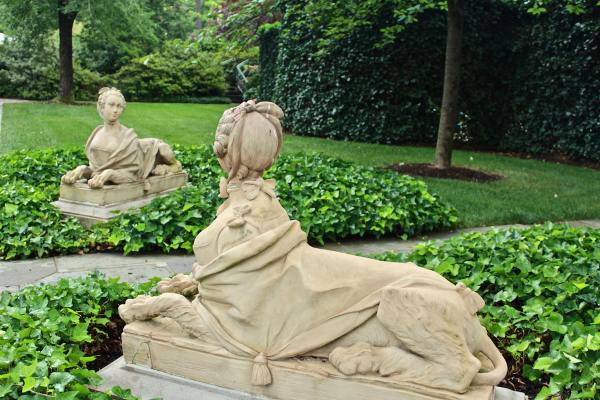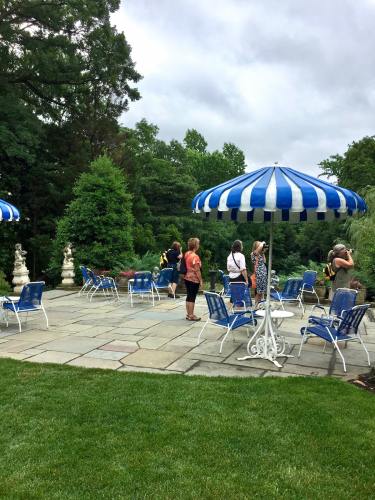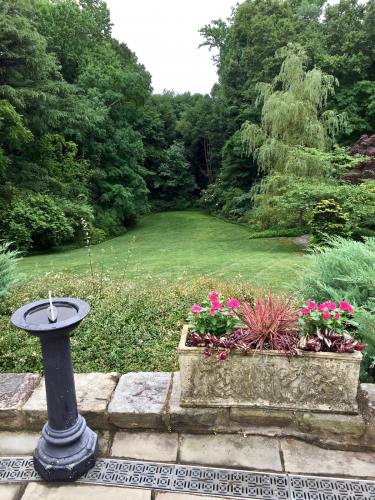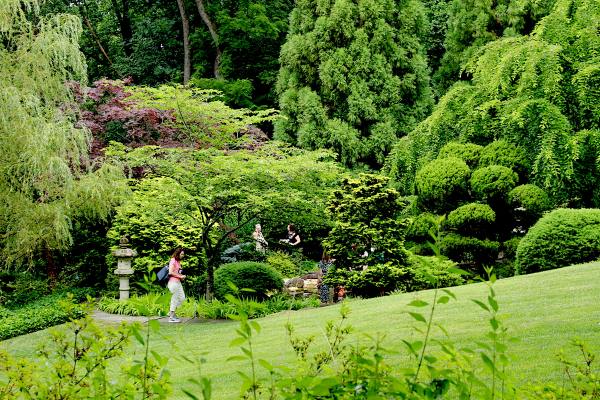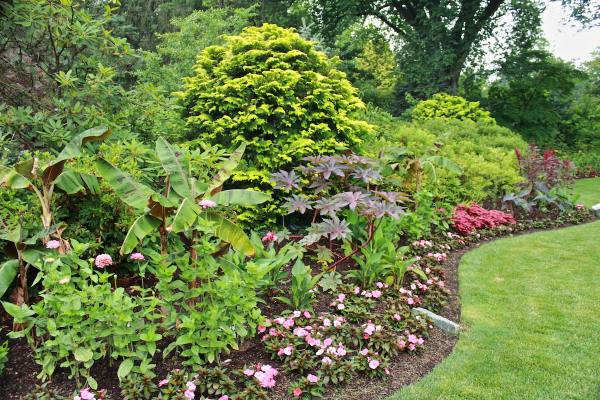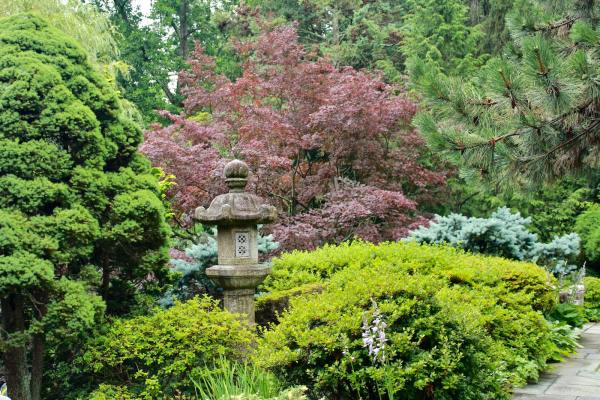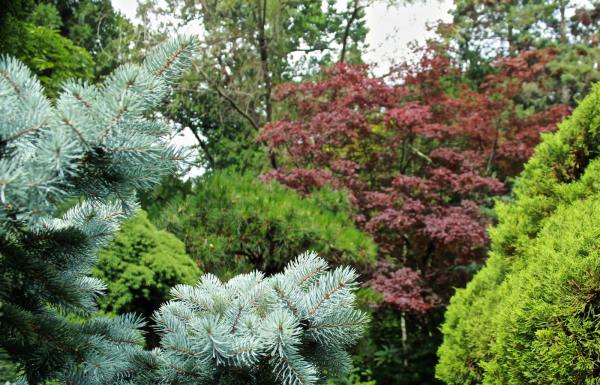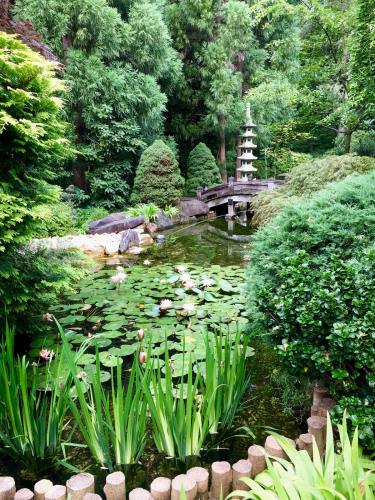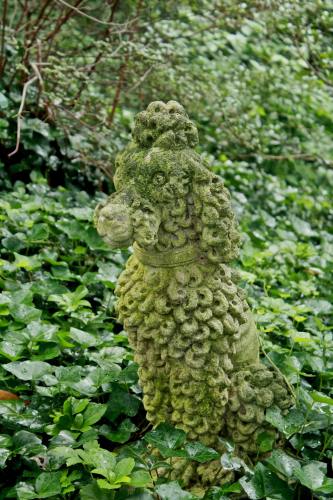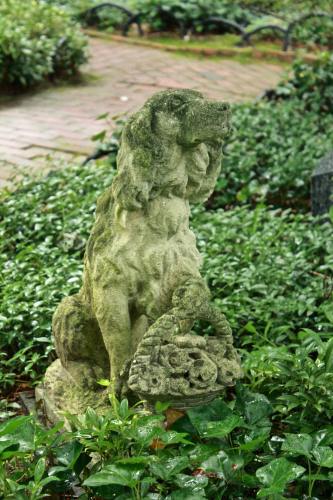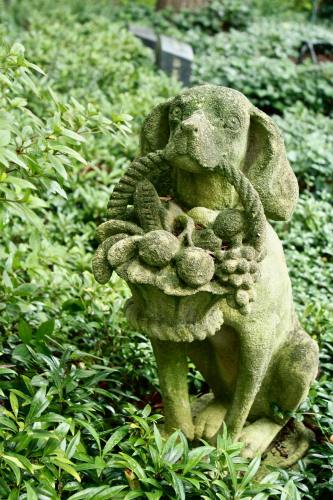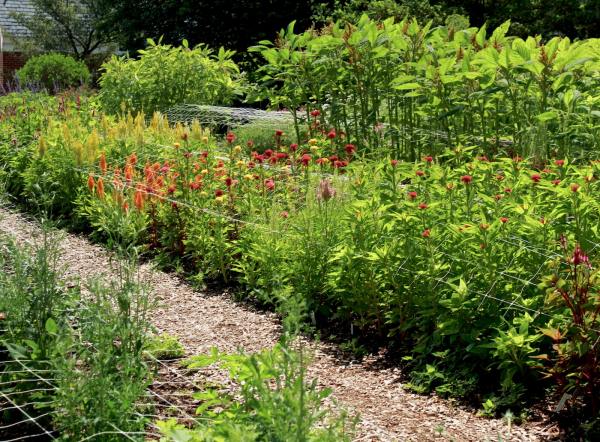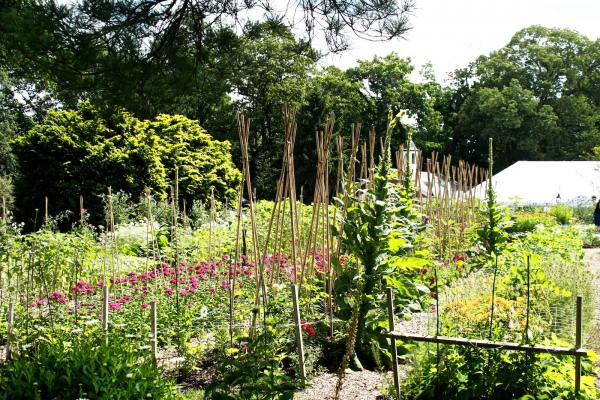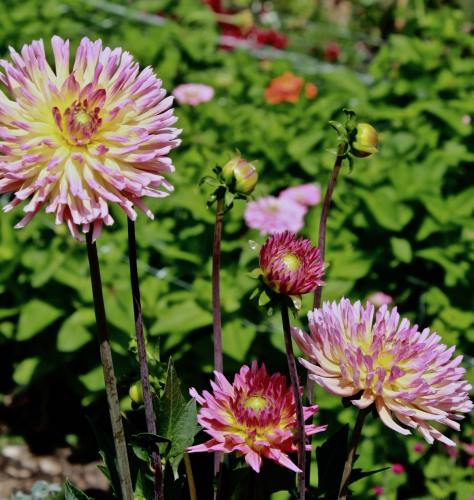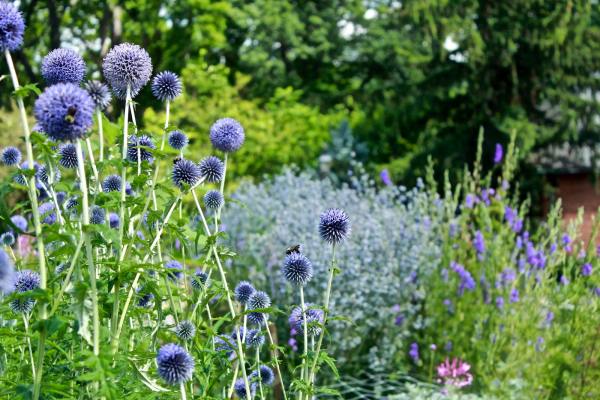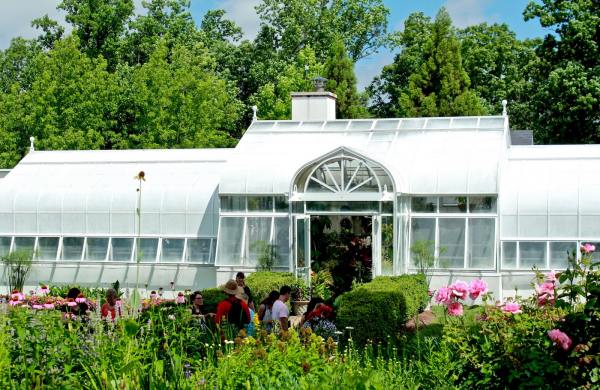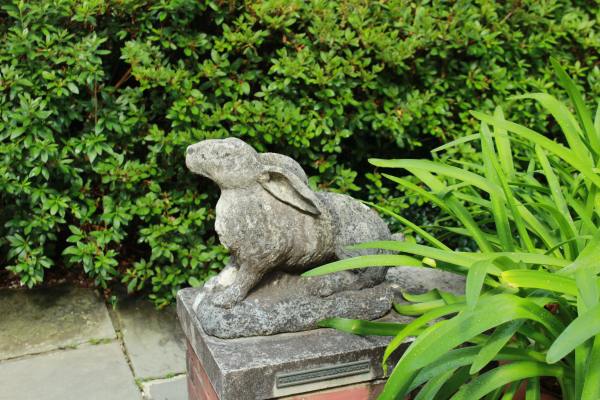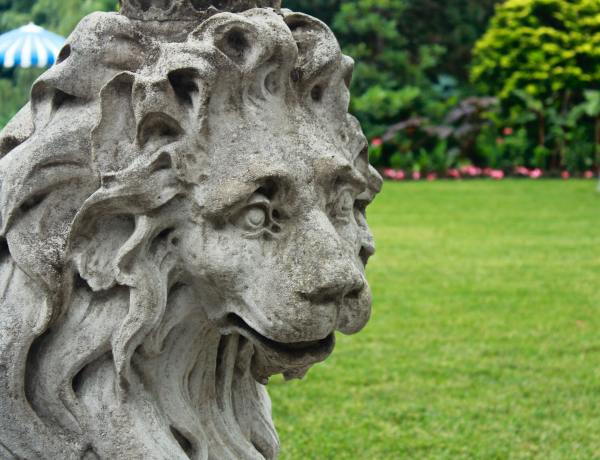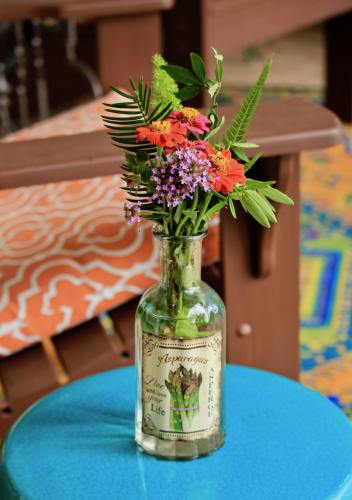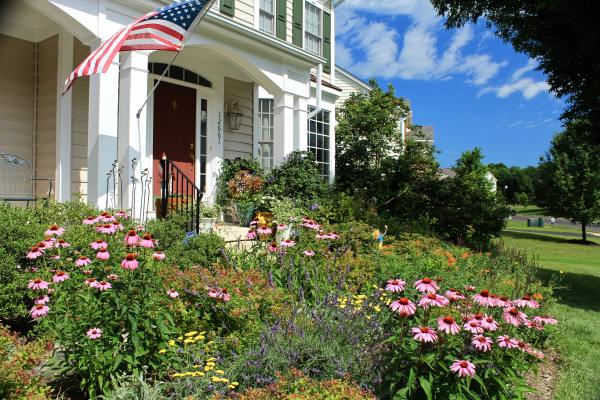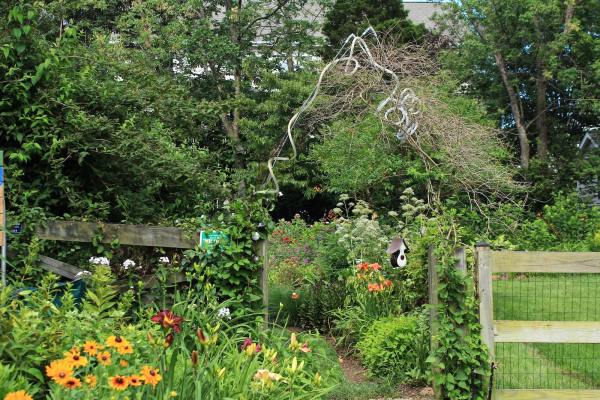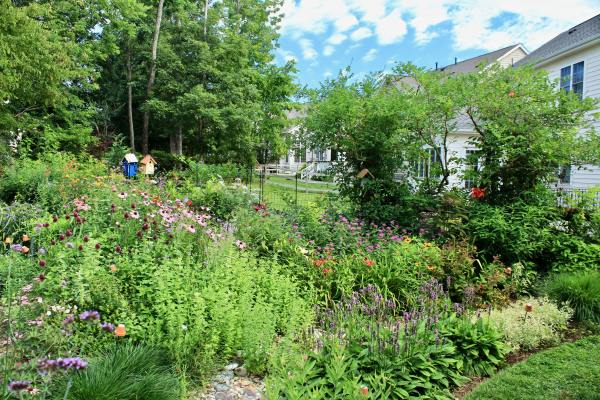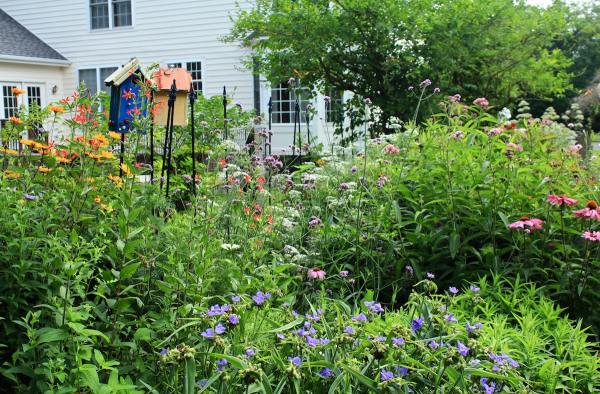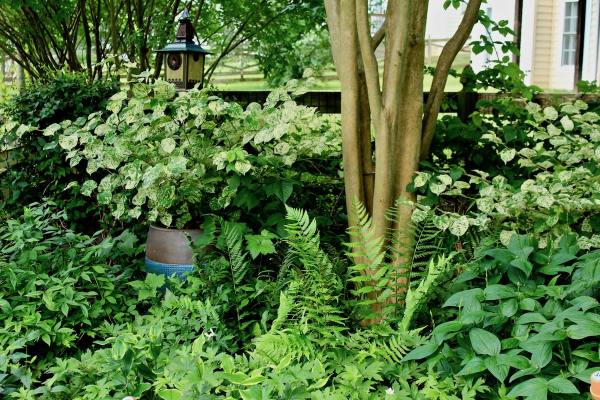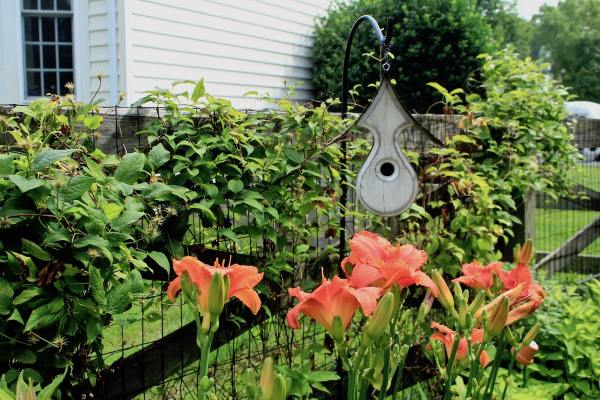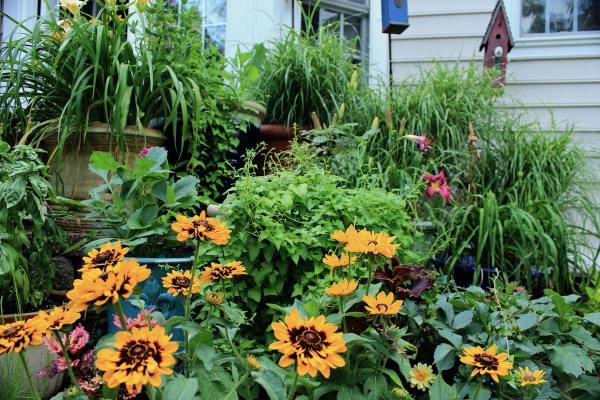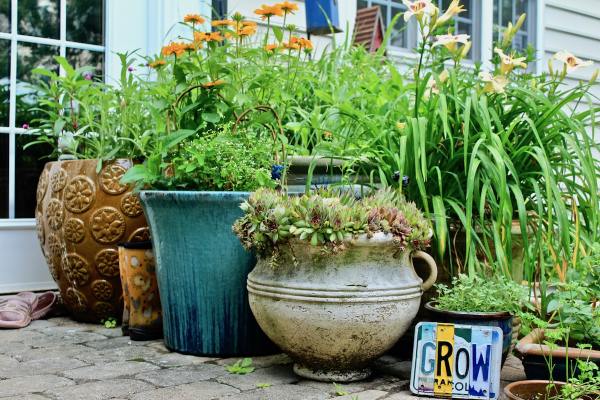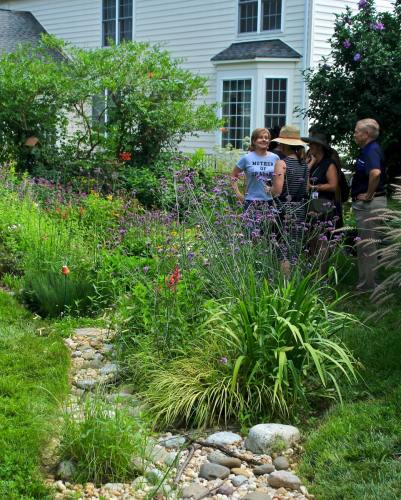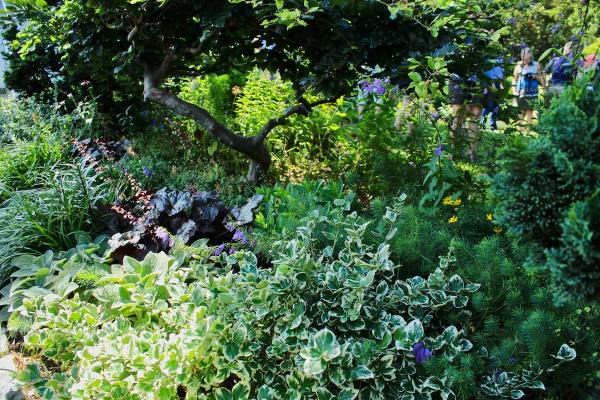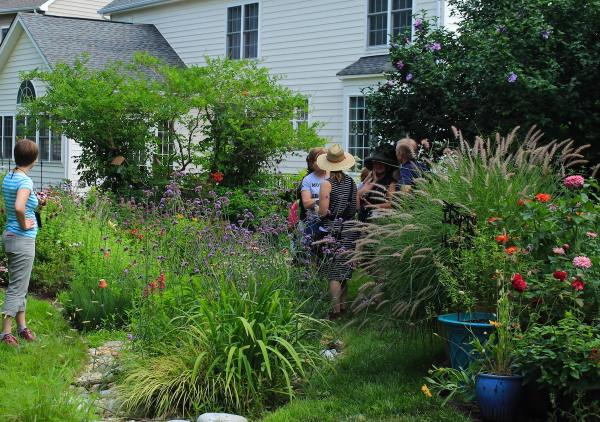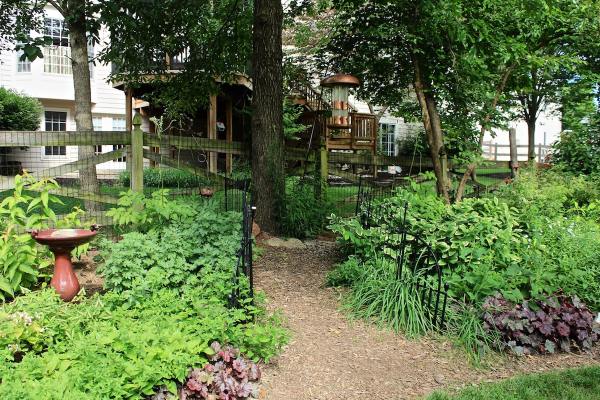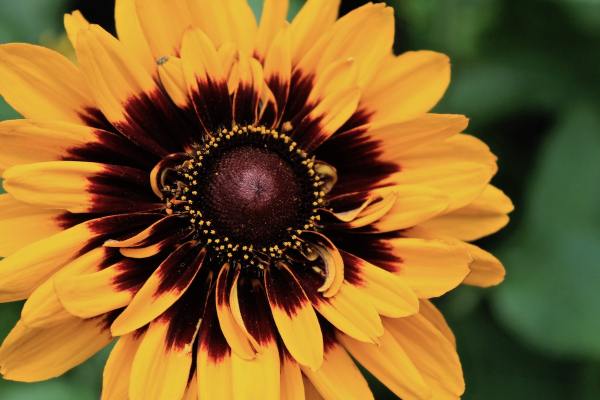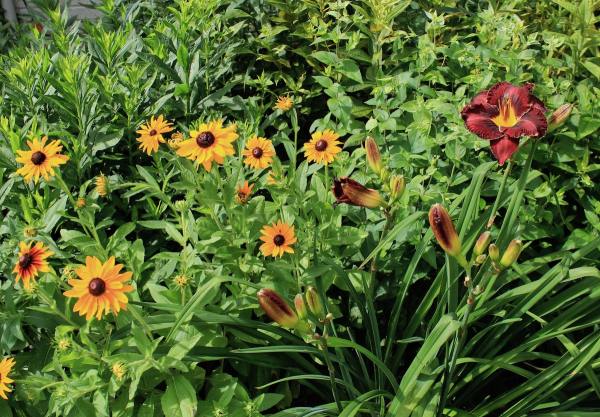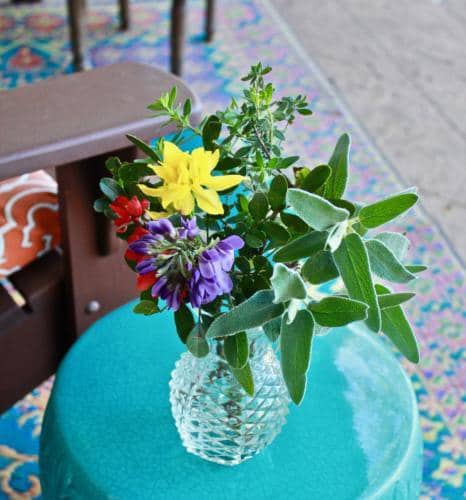Blooms abound in the spring garden
My morning walk through the garden brightened my day. My garden is still young, compared to my previous 16-year-old garden. Filling in holes where plants have been lost and adding layers over time has paid off. This spring the garden feels full and lush. Today. (Check back with me in August!)
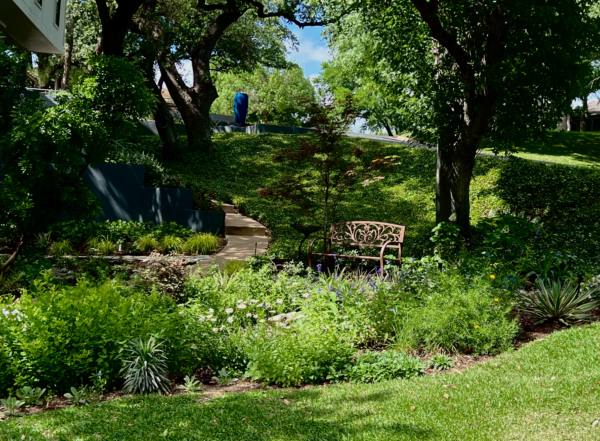
We’ve been fortunate to have had a little bit of rain lately in our part of Austin. Because of our topography, it’s not uncommon for different parts of town to have dramatically different rainfall.
It’s been a rough couple of years. Snowpocalyse Uri in 2021, another terrible freeze in 2022 and multiple days at 110 or higher last summer.
This spring feels like the garden is coming into its own. Things are filling out and look like my vision for the space.
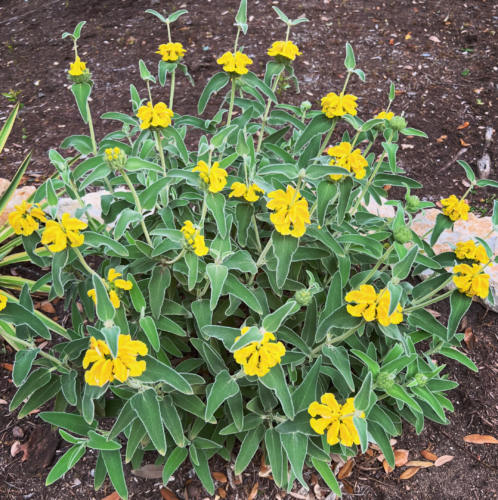
Jerusalem sage is one of my go-to plants. It doesn’t mind our heat and it’s evergreen and deer resistant.
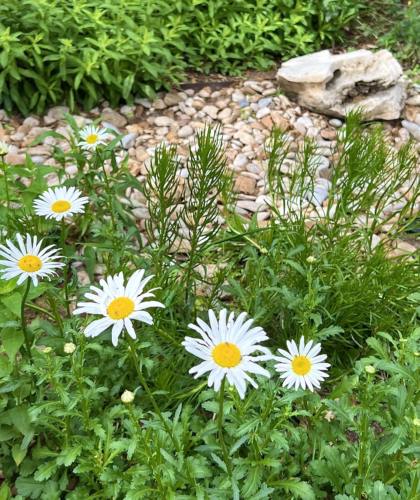
Few things perk up the spring landscape like shasta daisies.
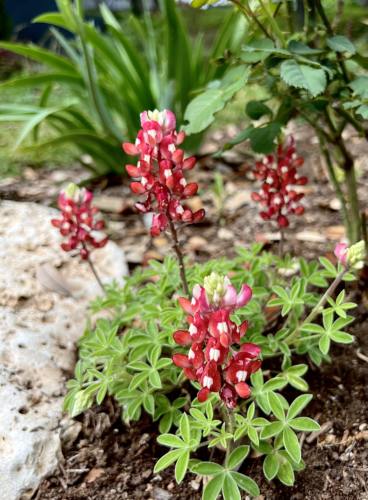 While I have a large swath of bluebonnets along my creek bed, this year I ventured out and bought a few of the cranberry-colored ones to add into the garden.
While I have a large swath of bluebonnets along my creek bed, this year I ventured out and bought a few of the cranberry-colored ones to add into the garden.
They look so interesting compared to all the blue ones.
We won’t talk about the idea that they were bred to represent A&M University, the arch rival of Austin’s University of Texas!
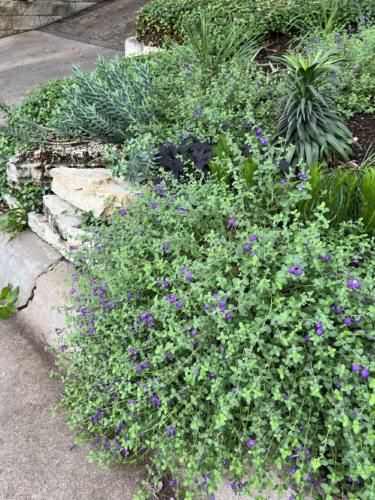
A fabulous border plant, purple skullcap looks great trailing over my street-side boulders. This soft, mounding perennial blooms reliably from spring through fall.
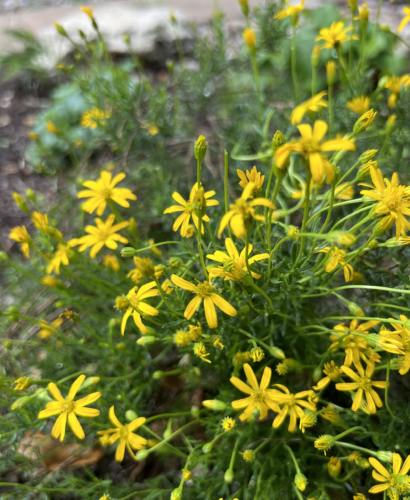
This scrappy little Damianita grows throughout the tough landscape of the Texas Hill country in the most difficult conditions. Another great border plant, it grows about 18 inches tall.
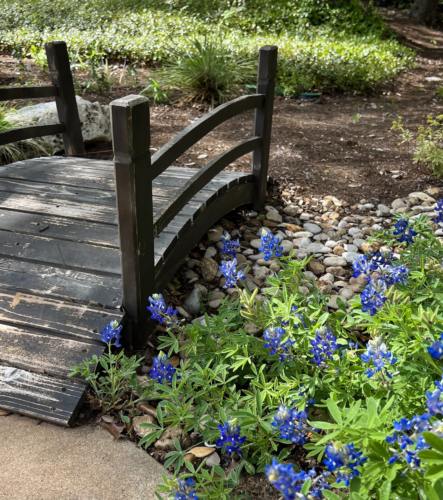
The bluebonnets are almost done. I’m just waiting for the seed pods to dry out and start to open before plucking them. In November, I will plant all of this year’s seeds, so we have an even bigger show next spring.
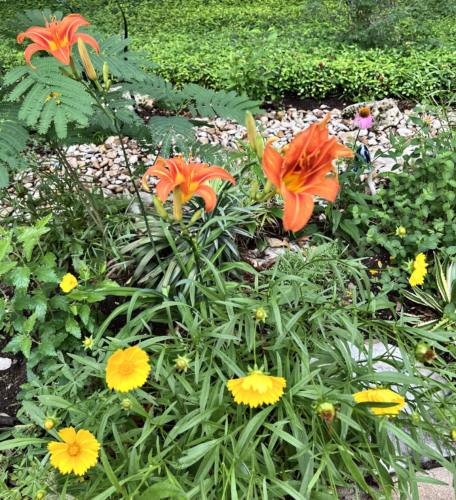
The ditch lilies and the coreopsis intermingle and blow in the breeze together.
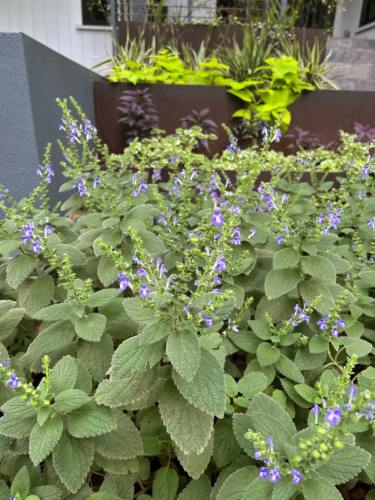
Heartleaf skullcap is another of my spring favorites. The luminescence of the tiny blooms is enchanting atop the velvety-soft leaves.
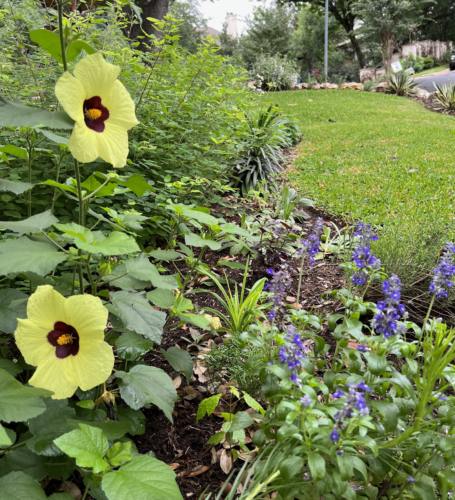
Lemon mallow makes a striking statement against the nearby Henry Duelberg salvia.
It’s 90+ today, but we are all holding out hope that this summer isn’t as brutal as last. Spending as much time in the garden now as we can!

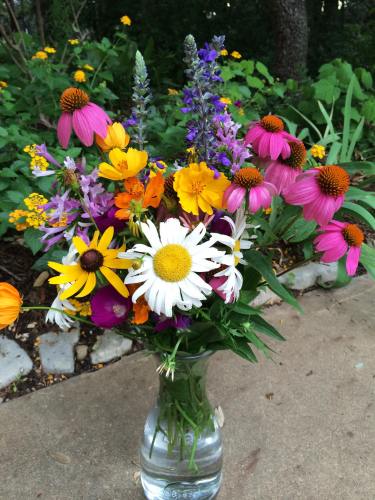
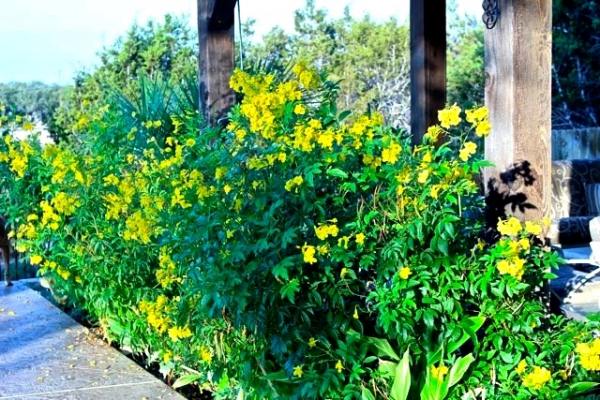
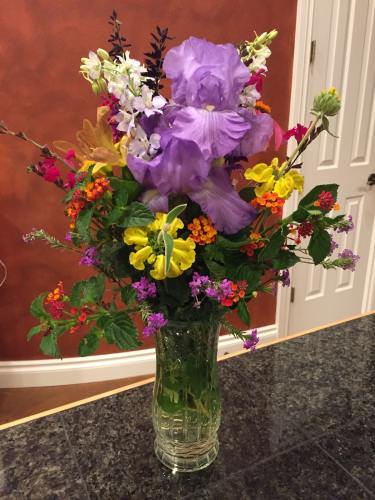 Almost anything in your garden can be worked into a bouquet. Now that you’ve identified some of your own pretty garden flowers that you’d like to put into a vase, how do you start?
Almost anything in your garden can be worked into a bouquet. Now that you’ve identified some of your own pretty garden flowers that you’d like to put into a vase, how do you start?